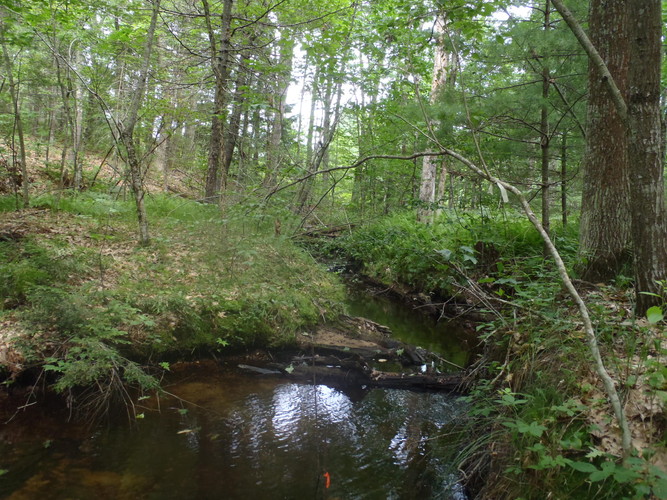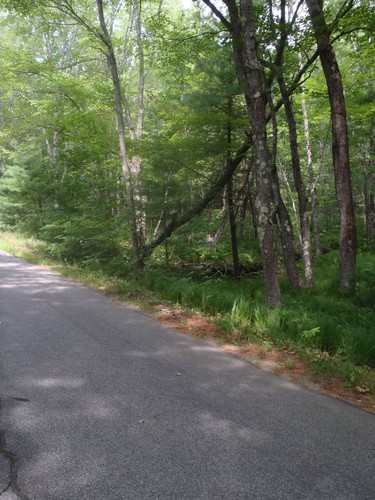The Wrack
The Wrack is the Wells Reserve blog, our collective logbook on the web.
The Wrack is the Wells Reserve blog, our collective logbook on the web.
 While spending my summer as a research intern at the Wells Reserve, I have had the opportunity to participate in a project monitoring how land development in southern Maine is affecting freshwater ecosystems that provide habitat for many macroinvertebrate and fish species like brook trout. Though it has been observed that the land development occurring here has not reached the scale of the degradation found in other areas along the east coast, like the Chesapeake Bay region, it is imperative that this does not change as future development occurs. When new homes are built in an area, there are simple steps local landowners can take to help preserve the existing natural ecosystems on or around their own property.
While spending my summer as a research intern at the Wells Reserve, I have had the opportunity to participate in a project monitoring how land development in southern Maine is affecting freshwater ecosystems that provide habitat for many macroinvertebrate and fish species like brook trout. Though it has been observed that the land development occurring here has not reached the scale of the degradation found in other areas along the east coast, like the Chesapeake Bay region, it is imperative that this does not change as future development occurs. When new homes are built in an area, there are simple steps local landowners can take to help preserve the existing natural ecosystems on or around their own property.
The most effective action you as a landowner can take in protecting local streams is to simply refrain from altering any part of an existing ecosystem along its banks. A minimum of 25 feet (the more the better) of forest and brush is necessary along river and stream banks to ensure a healthy freshwater ecosystem. This surrounding border of greenery, called a buffer, not only guarantees habitat for many organisms, but also reduces the amount of impervious, non-absorbent surface surrounding the stream.
 Impervious surfaces, like asphalt and cleared walkways, can’t absorb runoff and act as pathways for the movement of excess nutrients. With the absence of a buffer to absorb these nutrients, the runoff is washed directly into the freshwater system, causing a nutrient imbalance. This imbalance can result in the acceleration of natural riverine processes, leading to damaging algal blooms that stifle other organisms in the system.
Impervious surfaces, like asphalt and cleared walkways, can’t absorb runoff and act as pathways for the movement of excess nutrients. With the absence of a buffer to absorb these nutrients, the runoff is washed directly into the freshwater system, causing a nutrient imbalance. This imbalance can result in the acceleration of natural riverine processes, leading to damaging algal blooms that stifle other organisms in the system.
If you have a lawn near a stream, a good way to make sure that fertilization does not have a negative effect would be to find out exactly what nutrients are needed before administering a general fertilizer. Do a soil test to find out what nutrients your lawn needs. Such tests are often inexpensive or free and available at a local soil and water conservation district. In York County, soil tests are available at any University of Maine Cooperative Extension office. Other cooperative extensions have also produced useful publications providing tips for eco-friendly landscaping, like the University of New Hampshire’s Landscaping at the Water’s Edge: An Ecological Approach.
These two actions, leaving existing ecosystems untouched and testing your soil for its nutrient composition before fertilizing, have the potential to greatly improve the health of our trout streams and rivers in southern Maine. Though growth is likely inevitable, there are clear ways to reduce the impact of our yards on streams and any small action can make a difference.